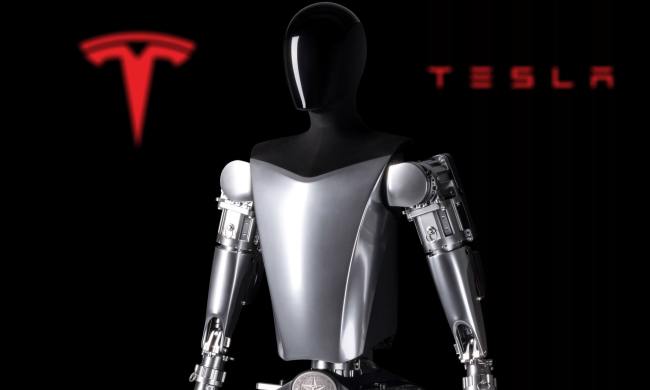Tesla Cybertruck customers who were hoping to be driving their futuristic pickup along the highway this year may now have to wait until at least 2023.
The latest of several delays has been caused by engineers tweaking the design of the Cybertruck. Initial production is now targeted for the first quarter of next year, a source told Reuters on Thursday.
The claim is backed up by Tesla’s recent alteration of text on the Cybertruck’s product page in which it removed the year from the message. The phrase “You will be able to complete your configuration as production nears in 2022” now reads, “You will be able to complete your configuration as production nears.”
Tesla had been expected to begin full-scale production of the all-electric Cybertruck by the end of 2021, but in August the date slipped to early 2022.
Tesla has yet to reveal the reason — or reasons — for the delays, though Reuters’ source points at design changes to the vehicle. It’s also possible that the global chip shortage may have impacted production — something Tesla CEO Elon Musk alluded to in a tweet in November — while issues at the Texas plant tasked with building the Cybertruck could also be a factor.
All eyes are now on Tesla’s earnings call on January 26, where Musk is expected to offer an updated product road map for the automaker.
More than a million customers waiting
Tesla is estimated to have received more than a million pre-orders for the Cybertruck. For now, customers are asked to pay a refundable $100 deposit for their place in line, with Tesla’s online store still accepting orders.
Musk said last summer that the pickup “looks like it was made by aliens from the future” and that its outlandish design meant there was “some chance that Cybertruck will flop.”
But rather than the design, it could be dwindling patience that deters some customers, especially with rival automakers close to launching their own, albeit conventional, electric pickups that may tempt some to switch.
Tesla describes the Cybertruck as having “better utility than a truck, with more performance than a sports car.” The electric pickup is available in three versions priced at between $39,900 and $69,900 depending on features such as the number of electric motors, towing capacity, and range.


